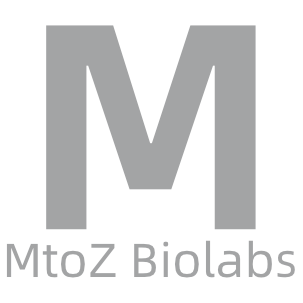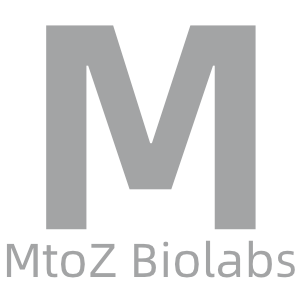Histone Methylation Detection
Histones are a class of core proteins, mainly found in the cell nucleus of eukaryotes. They bind with DNA to form nucleosomes, thereby organizing DNA compactly into a chromatin structure. The main types of histones include H2A, H2B, H3, and H4, which play a key role in the regulation of gene expression and the protection of cellular genetic information. Histone methylation detection is an experimental method used for research and analysis of histone methylation levels. Histones are proteins that bind with DNA, and they play a crucial role in DNA packaging and gene expression regulation. Methylation is a type of epigenetic modification, involving the addition of methyl groups to specific amino acid residues on histone proteins. This modification can affect the structure and function of chromatin, thereby regulating gene activity.
With the development of epigenetics, the technology for histone methylation detection is constantly improving. Currently, there are several methods for histone methylation detection:
1. Western Blot
Proteins from cells or tissues separated by electrophoresis are transferred from the gel to a solid-phase support NC membrane or PVDF membrane, and then a specific antibody is used to detect a specific antigen. This method can only detect methylated histones at a holistic level, which cannot satisfy more in-depth needs.
2. Biochip
Biochips, including gene chips and protein chips, can provide an expression profile of histone methylation covering all genomic sequence sites, helping researchers to screen out histone methylation sites of research significance.
3. Mass Spectrometry Analysis
Similar to other post-translational modifications, methylation modifications are of low abundance in organisms. If recognized by enzymatic digestion directly, the signal may be drowned out and difficult to detect. MtoZ Biolabs has developed a protein methylation modification analysis platform that can enrich specific methylation modifications and then detect them by mass spectrometry. The HPLC-MS/MS-based platform can identify, quantify, and characterize protein methylation. Methylation site analysis and methylation proteomics services are available.
4. Chromatin Immunoprecipitation (ChIP-Seq)
Nuclei are extracted and digested with standard micrococcal nuclease at 20°C. Precise length chromatin fragments are separated by sucrose gradient centrifugation. Non-denaturing chromatin immunoprecipitation is performed by specific antibodies. Chromatin immunoprecipitation analysis is used to study proteins with high affinity with DNA. It can achieve high-resolution at the single nucleosome level, and the efficiency of immunoprecipitation can be mastered.
Histone methylation detection plays an important role in the study of gene expression regulation, cell differentiation, developmental biology, and the occurrence and development of diseases (such as cancer).
How to order?







